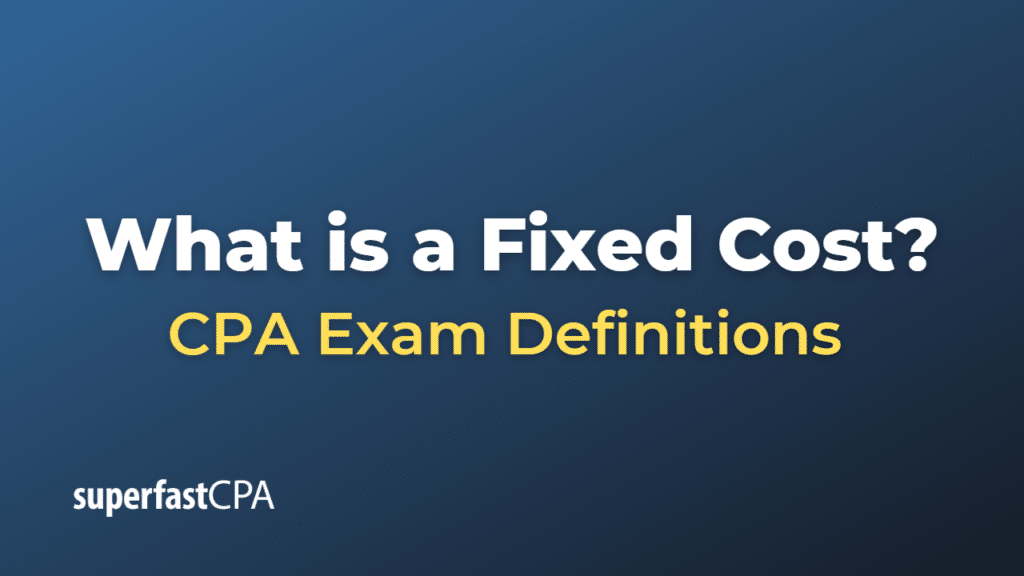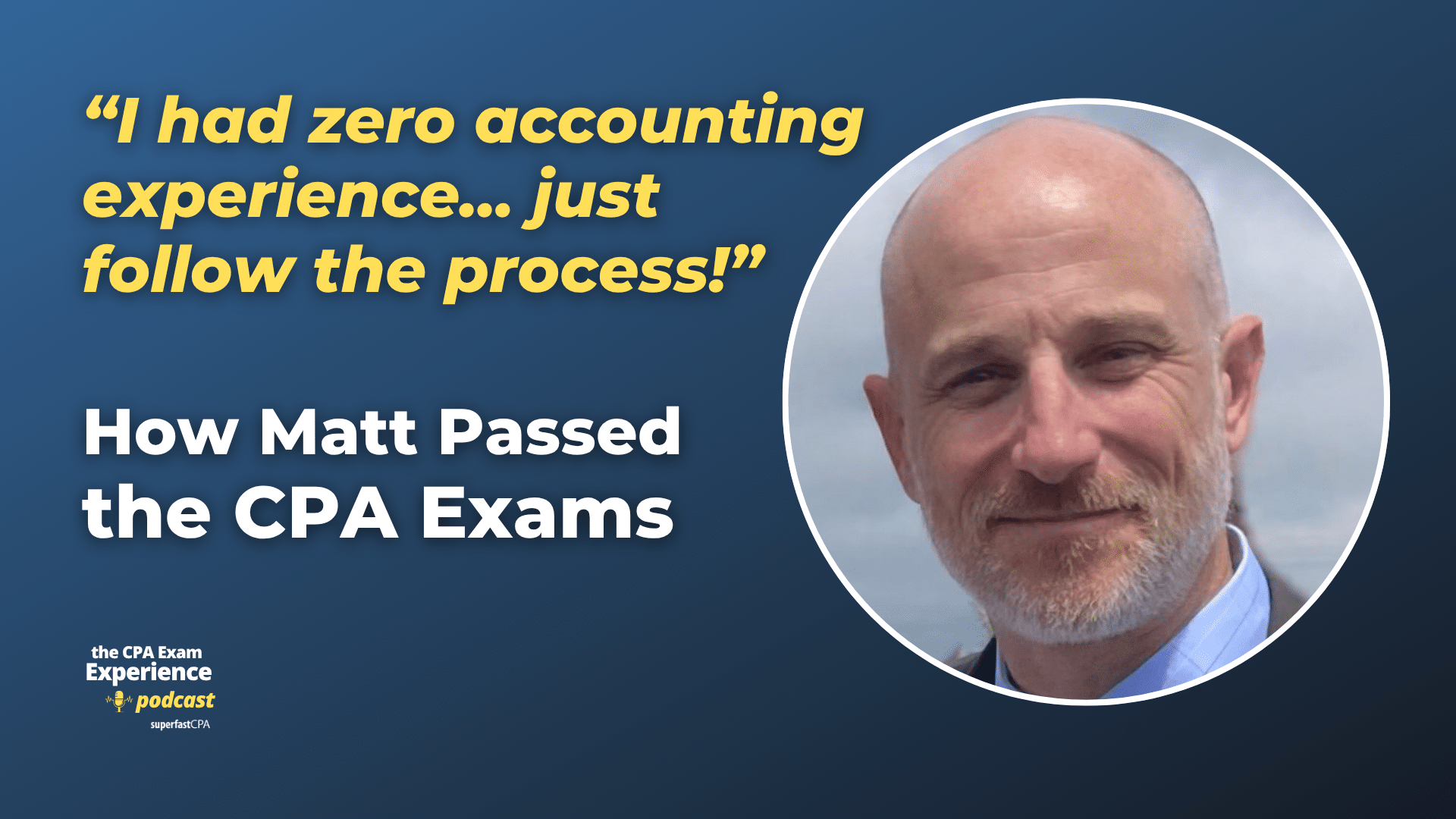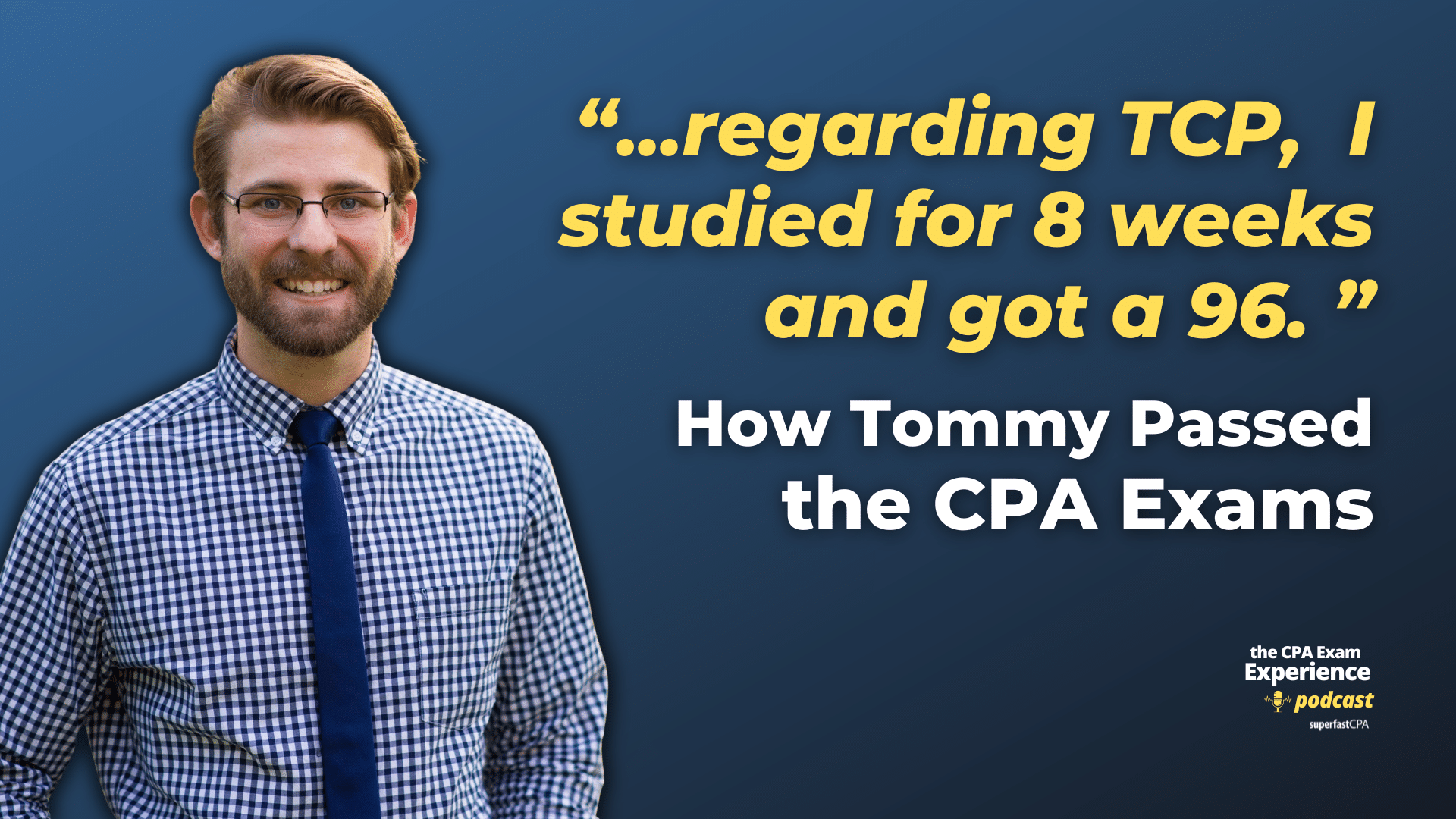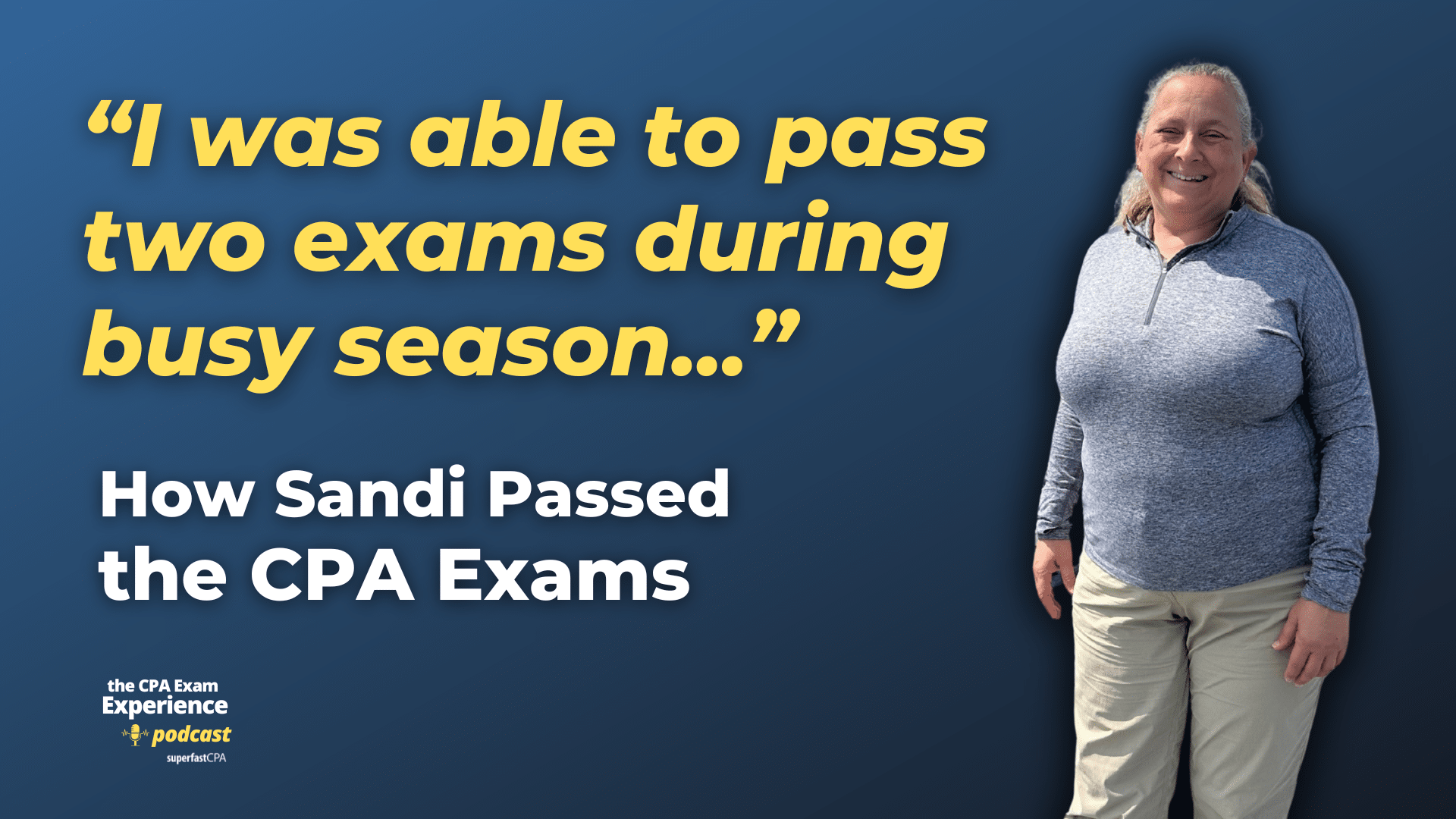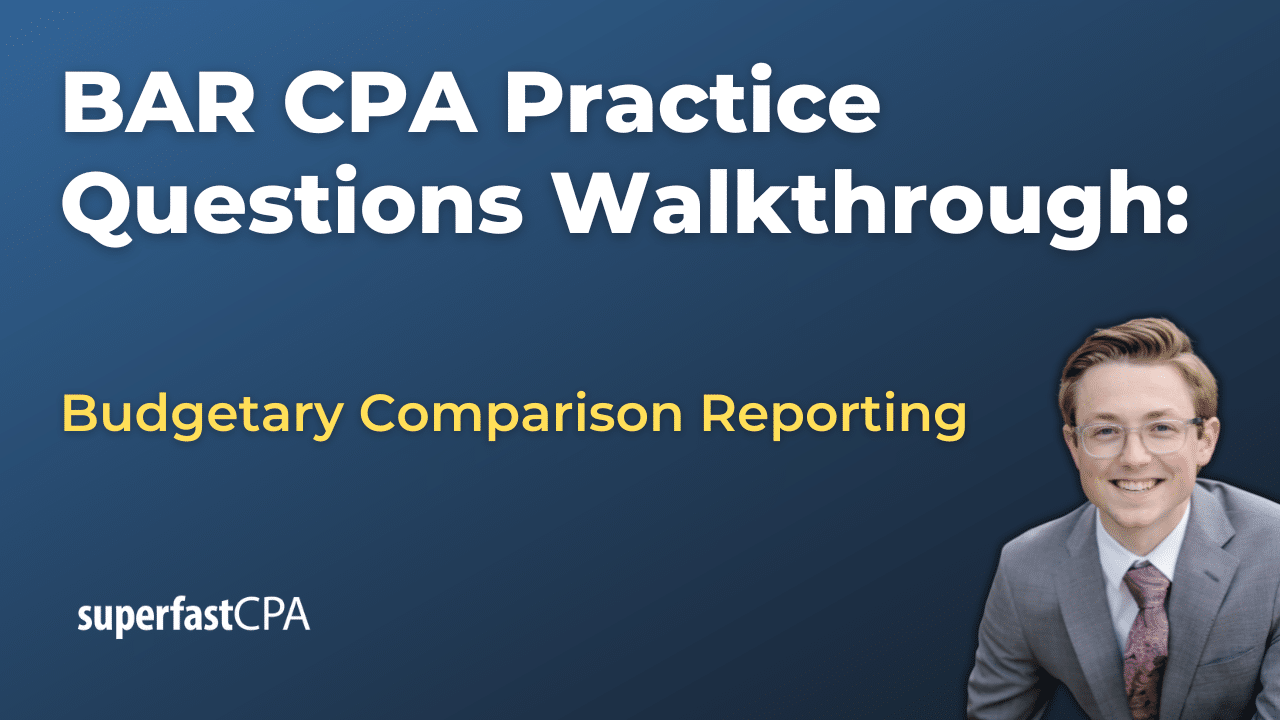Fixed Cost
A fixed cost is an expense that does not change with the level of production or sales in the short run. These costs are incurred even if the business is not producing any goods or services. Because they’re not tied to activity levels, they’re also known as period costs.
Fixed costs are a key part of a company’s financial structure and are often necessary for operations. They can include:
- Rent: Payments for office space, retail locations, warehouses, etc., are typically set for the term of the lease and do not fluctuate with business activity.
- Salaries: Some employees, particularly those in administrative or managerial roles, receive a set salary that does not vary with the company’s output.
- Insurance Premiums: These costs are typically paid on a regular schedule, regardless of business activity.
- Depreciation and Amortization: These non-cash expenses spread the cost of assets over their useful life and do not vary with production levels.
- Property Taxes: These are generally set on an annual basis and do not change with business activity.
Fixed costs are contrasted with variable costs, which do change with the level of production or sales. Examples of variable costs include direct materials and direct labor. Understanding the difference between fixed and variable costs is essential for cost control, budgeting, and pricing decisions.
Example of a Fixed Cost
Let’s consider an example of a small manufacturing company that produces wooden furniture. Here are some of the fixed costs that this business might incur:
- Rent: The company leases a workshop where all its furniture is made. The monthly lease payment is $3,000.
- Salaries: The company has two administrative employees, a manager and an office assistant, who are paid set salaries regardless of the number of furniture pieces produced. The manager’s monthly salary is $4,000 and the office assistant’s salary is $2,000 per month.
- Insurance: The company pays $500 per month for property and liability insurance.
- Depreciation: The company owns woodworking machinery worth $60,000, which has a useful life of 10 years. This results in monthly depreciation of $500 ($60,000 / (10 * 12 months)).
Adding all these costs together, the company has fixed costs of $10,000 each month ($3,000 + $4,000 + $2,000 + $500 + $500).
It’s important to note that these costs are incurred regardless of how many pieces of furniture the company produces in a given month. Even if no furniture is produced, the company still has to pay these costs. Conversely, if the company has a very busy month and produces more furniture than usual, these costs will not increase.
In contrast, the cost of wood, which is a key material for producing furniture, would be considered a variable cost, because it increases as the company produces more furniture and decreases when the company produces less.

